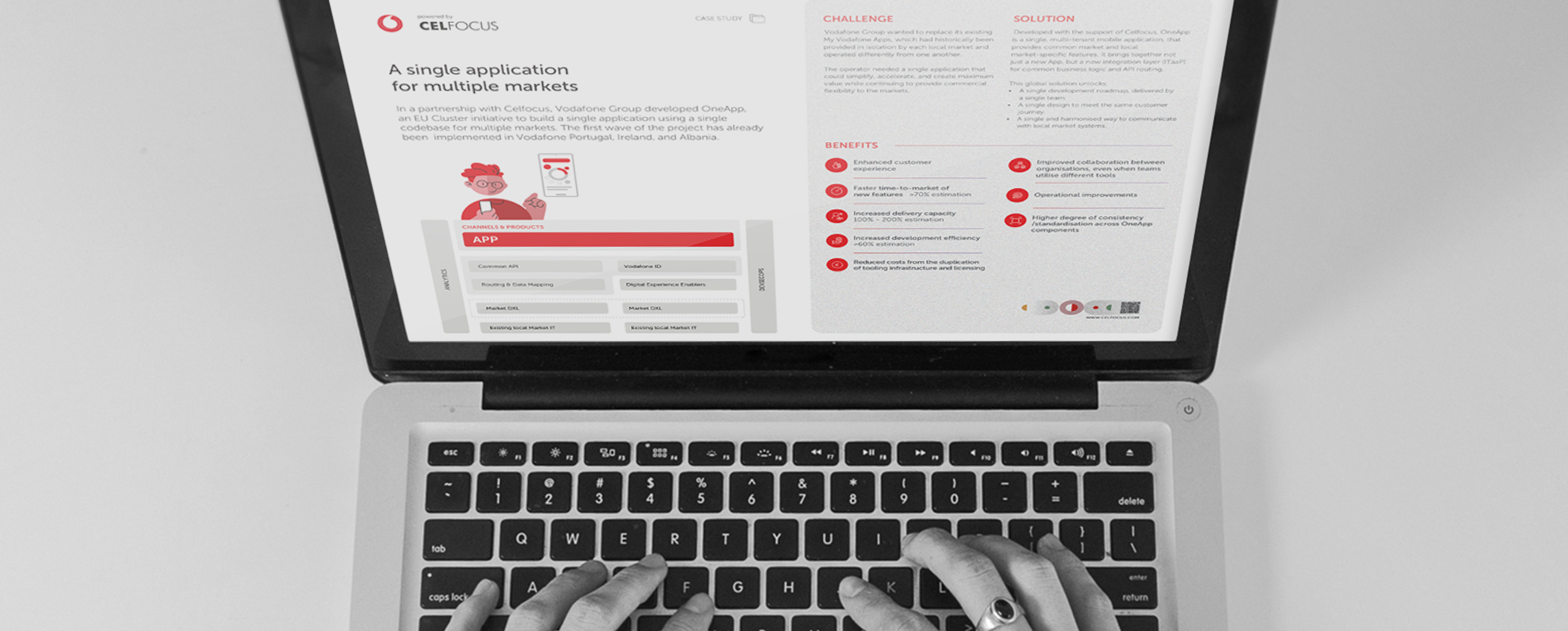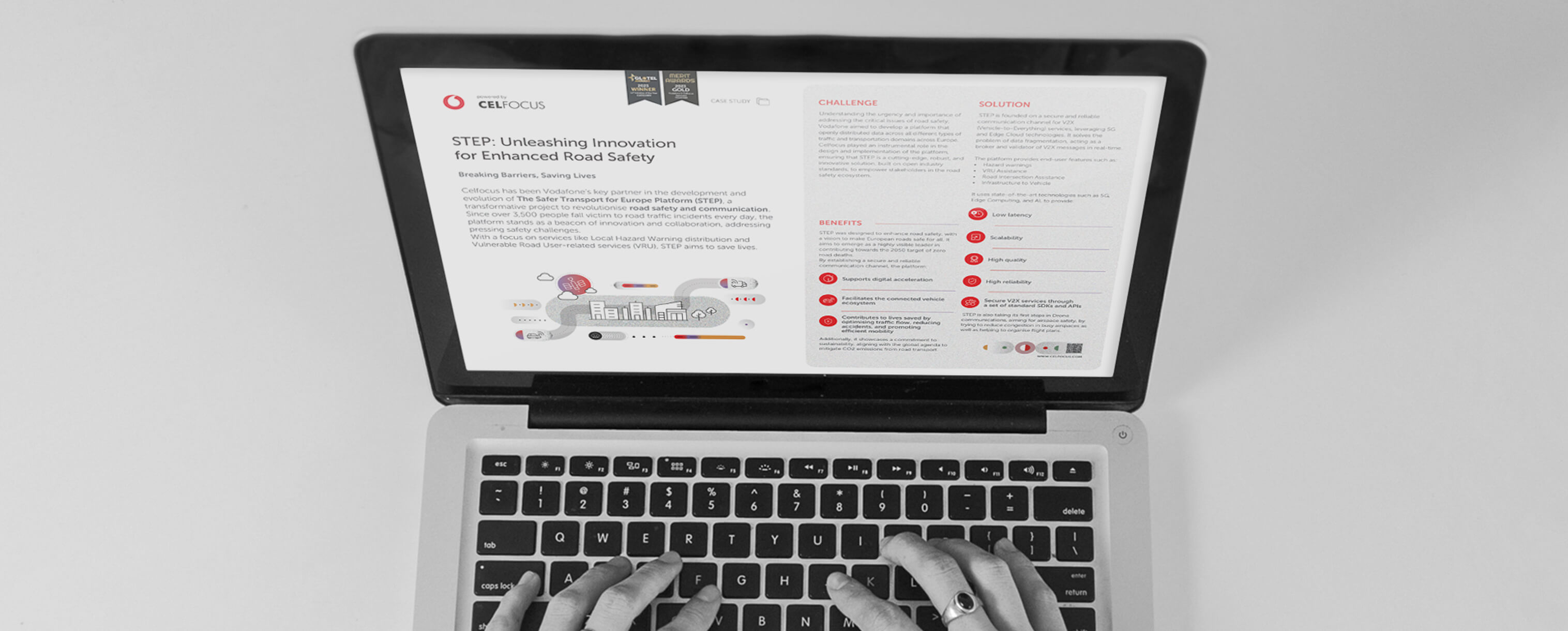|---Module:text|Size:Small---|
Did you ever wonder why the friendly owner of the local supermarket in your old neighbourhood knew everyone’s tastes, preferences, and even your family’s favourite coffee brand?
The truth is that any relevant information about customers was safely stored in the owner’s brain, easily accessible to provide a personalised service and ensure the type of experience that makes customers come back repeatedly.
Current service providers are in a similar position to the friendly owner of the local supermarket. They, too, can access a wealth of information about their customers’ behaviours, preferences and movements but often fail to take advantage of this strategic asset to extract business value at scale.
Personalisation promises to tackle this challenge and helps place service providers in a unique position to engage customers and tap into new revenue streams. However, many questions remain: How can service providers leverage this rich, complex, and often unknown data? How can it be used to gain valuable, unique insights about the business and customer experience? And how can we use these insights to give each customer an experience based on their preferences and habits?
|---Module:text|Size:Small---|
Personalisation-Why Does it Matter?
While personalisation is not an entirely new topic, there is currently massive hype around it. This is due to service providers having realised that they need to be more cost-effective in engaging with their customers and because customers now demand to be treated individually and in a personalised way.
In short, personalisation is more important than ever. It is critical not only to gain customers but also to serve and maintain them and to meet their high expectations. When we look at the different approaches that service providers use to engage with their customers, it is possible to identify three main eras of personalisation:
- Mass Personalisation: Identify mass segments of consumers with distinct preferences or needs to deliver a one-to-many personalisation;
- Segmented Personalisation: Deliver one-to-few tailored personalisation for a group of consumers with common characteristics;
- Hyper-Personalisation: Recognise consumers as separate individuals and create unique, relevant experiences for a one-to-one personalisation.
Although some companies are already delivering Hyper-Personalisation use cases to their customers, most businesses are still experiencing Segmented Personalisation. Nevertheless, regardless of the adopted approach, it is easy to understand that, as service providers become more mature in personalisation, it is possible to improve the response rates, increase the conversion rates and lift the customer lifetime value.
Celfocus Hyper-Personalisation Solution
Celfocus Hyper-Personalisation Solution bridges Digital with Data & Cognitive capabilities to deliver unique, in-context, and highly relevant experiences.
|---Module:image|Size:small---|

|---Module:text|Size:Small---|
Celfocus’s solution is founded on three main platforms:
- Customer Data Platform is the backbone of the customer profile; customer-related data collect different and relevant real-world events;
- Data Insights Platform represents the decision engines that run on top of the customer data to provide relevant and actionable insights, with two primary responsibilities – campaign management and AI & ML;
- Digital Experience Platform, used to activate and deliver the experience in the digital channels as per the insights from the Data Insights Platform.
With its Hyper-Personalisation solution, Celfocus wants to scale up the personalisation leveraged by AI & ML to deliver experiences and recommendations in real time to individuals, creating a one-to-one personalisation. These one-to-one experiences are tailored for specific micro-moments. For each of them, Celfocus instantiates a Hyper-Personalisation solution: Smart Content Experiences, One-to-one Recommendations and Cognitive Care.
|---Module:image|Size:small---|

|---Module: text|Size:Small---|
Benefits
|---Module:text|Size:Small---|
One of the main benefits of using highly personalised experiences is that service providers can maximise the value of each customer throughout their lifecycle.
|---Module:image|Size:small---|

|---Module:text|Size:Small---|
This improvement isn’t achieved by engaging with customers only at the beginning and end of their lifecycle, as does the classic CVM approach, but constantly throughout it all. Following this strategy maximises the Customer Lifetime Value and optimises internal costs, especially acquisition and retention costs.
|---Module:image|Size:small---|

|---Module:text|Size:Small---|
The graphic above compares CVM strategies with and without Hyper-Personalisation investment costs.
The black line represents the typical investment curve: it starts with a significative initial investment for customer acquisition; then reduces dramatically during the development period when service providers typically don’t follow customers closely; and increases shortly for contract renewals, during the retention period, with all the renewal campaigns at the end.
The red line represents the investment curve using Hyper-Personalisation, during which service providers continuously engage with customers throughout their entire lifecycle. Overall, two direct benefits can be associated with this approach: maximising customer lifetime value and optimising investment throughout the customer lifecycle.















